These artists broke new ground with sketchy, light-filled canvases shown in independent exhibitions.
c. 1874 - 1886
These artists broke new ground with sketchy, light-filled canvases shown in independent exhibitions.
c. 1874 - 1886
These artists each sought their own solutions for the depiction of modern life. Can we even call Impressionism a unified style?
We're adding new content all the time!
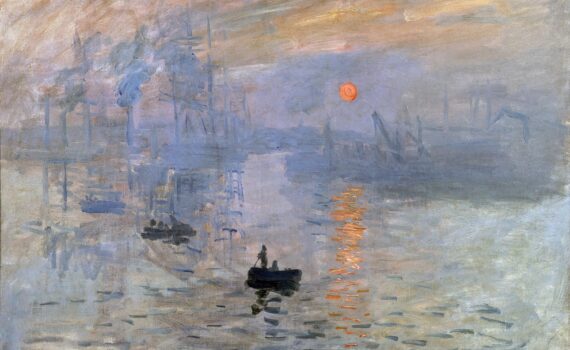
Impression, Sunrise captures a quiet morning in the port of Le Havre, but a closer look illuminates the changes happening in 19th-century Europe.
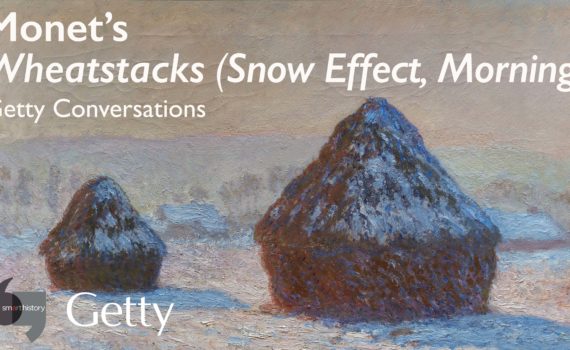
How does this painting by Claude Monet achieve such simplicity and complexity at the same time?
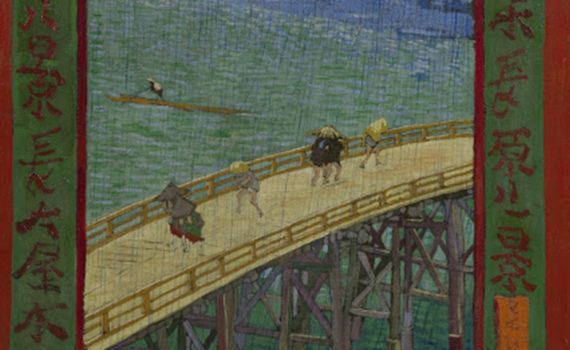
The distinctive qualities of Japanese art offered striking new approaches to modern artists developing alternatives to the Western tradition of naturalistic representation.
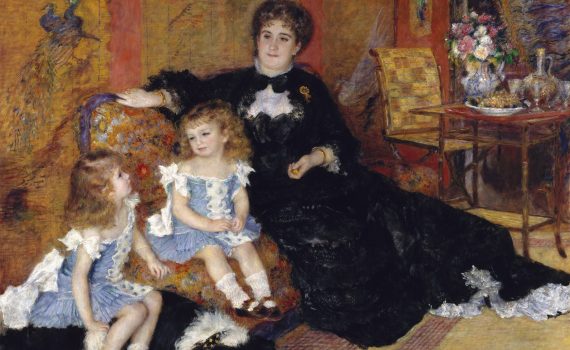
Viewers are often surprised to learn that one of the children is a boy, since both children are dressed alike.
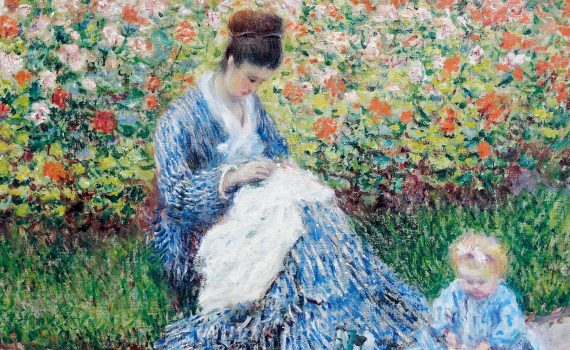
Odd advice from Monet? "When you go out to paint, try to forget what objects you have before you."
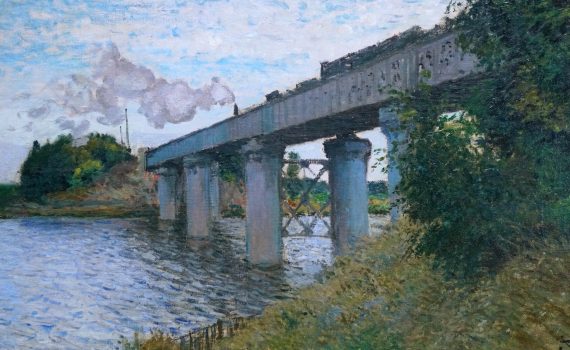
Though they depicted outdoor light, the Impressionists were also interested in depicting middle-class leisure.
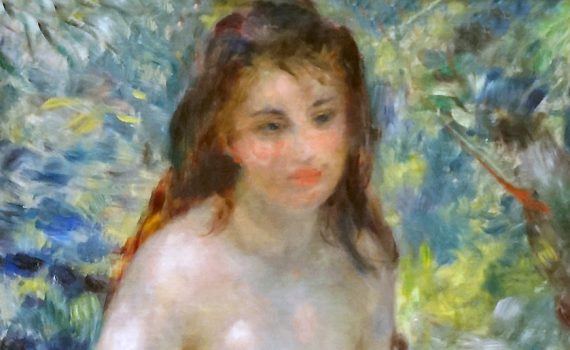
Blue snow and violet-tinted flesh—the Impressionists radically changed our expectation of color.
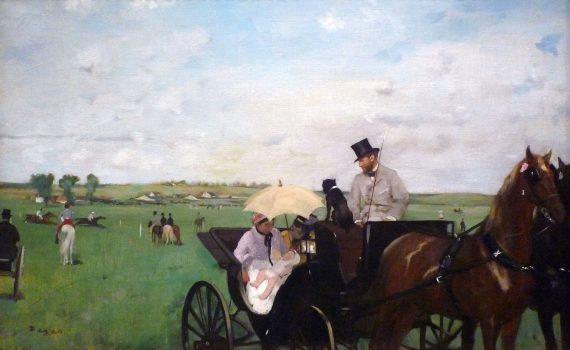
The surprising pictorial effects of modern art may seem at first like errors, but they are quite intentional!
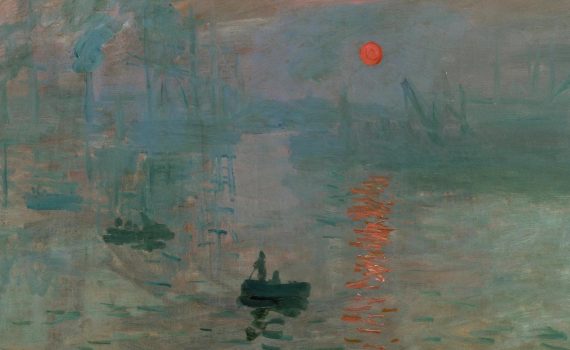
Impressionist paintings—once considered sloppy and unfinished—draw huge crowds to museums today.
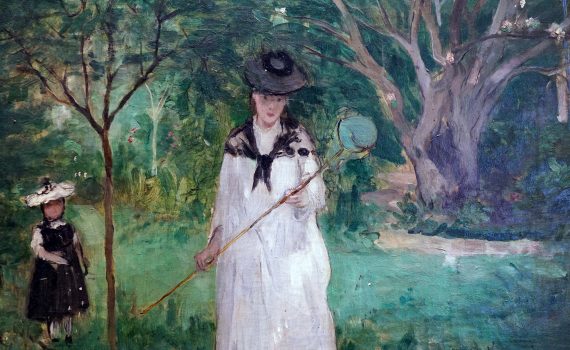
The subject takes control over the outdoor setting, expressing her independence in spite of limitations.
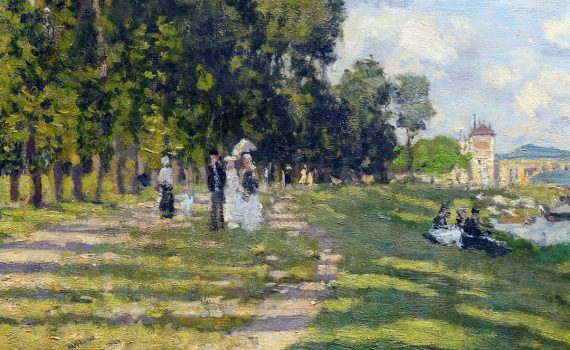
In the suburbs, Parisians escaped the pressures of modern life. Monet painted their sun-drenched pleasures.
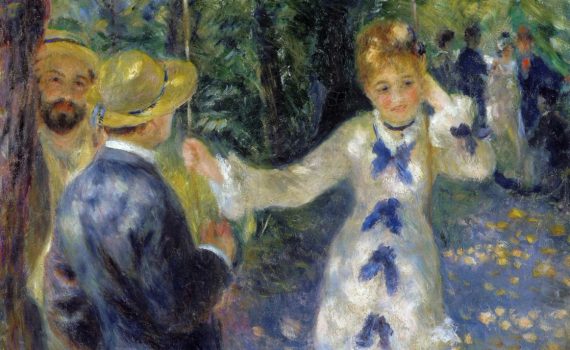
Renoir wanted to forget everything he knew about how to paint so that he could render light as it really is.